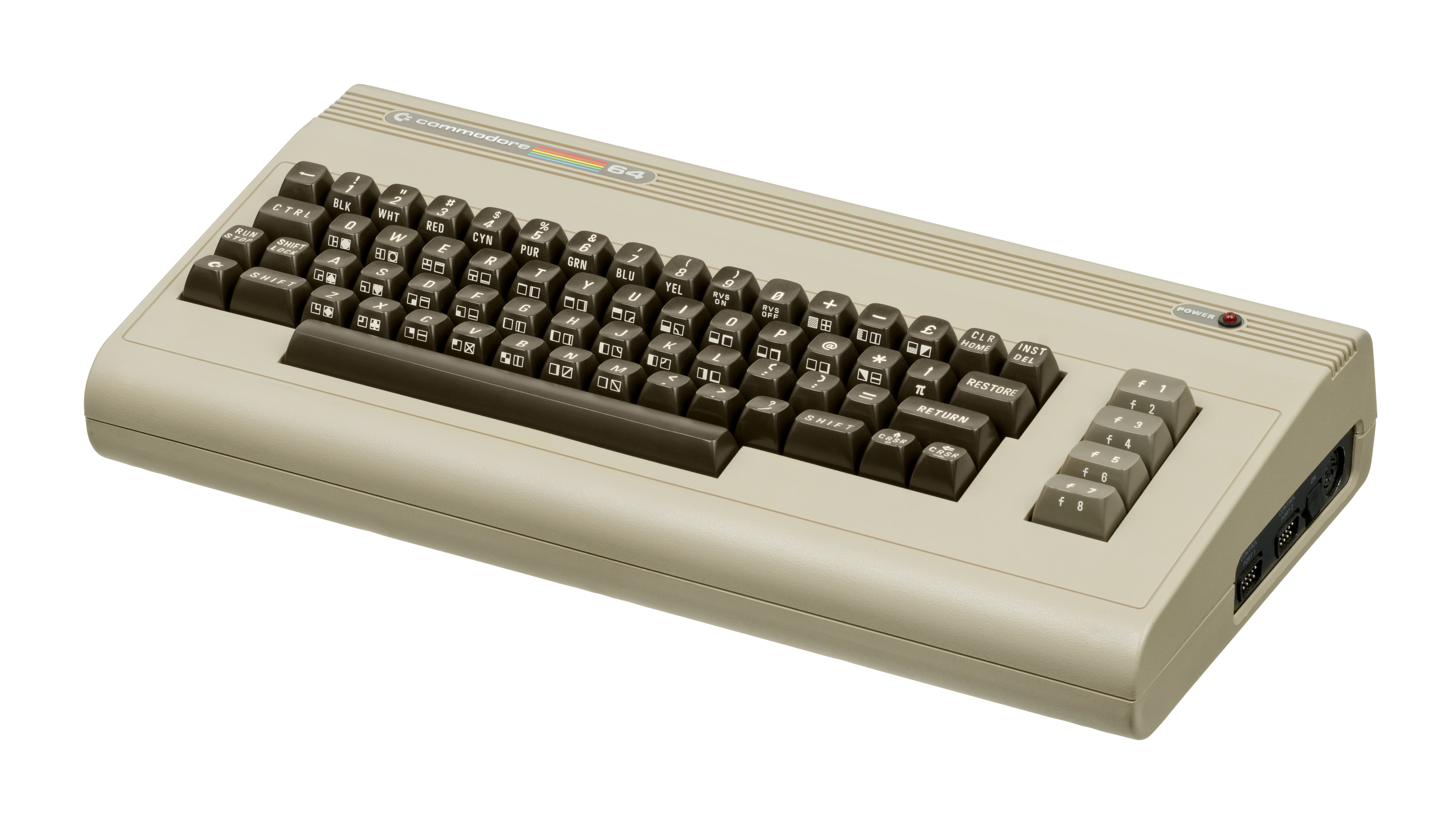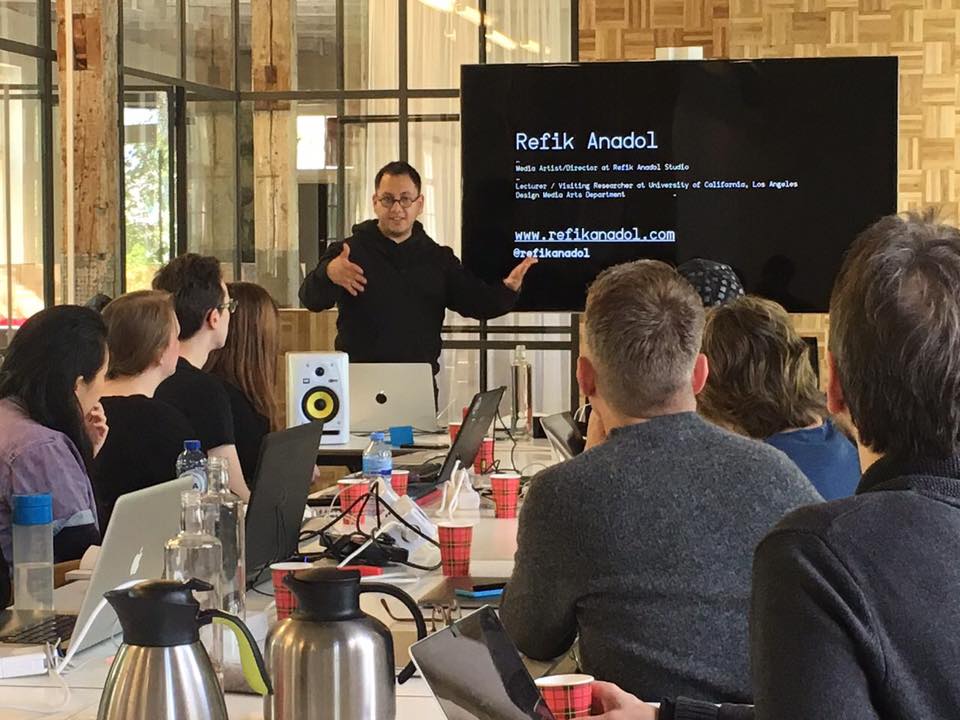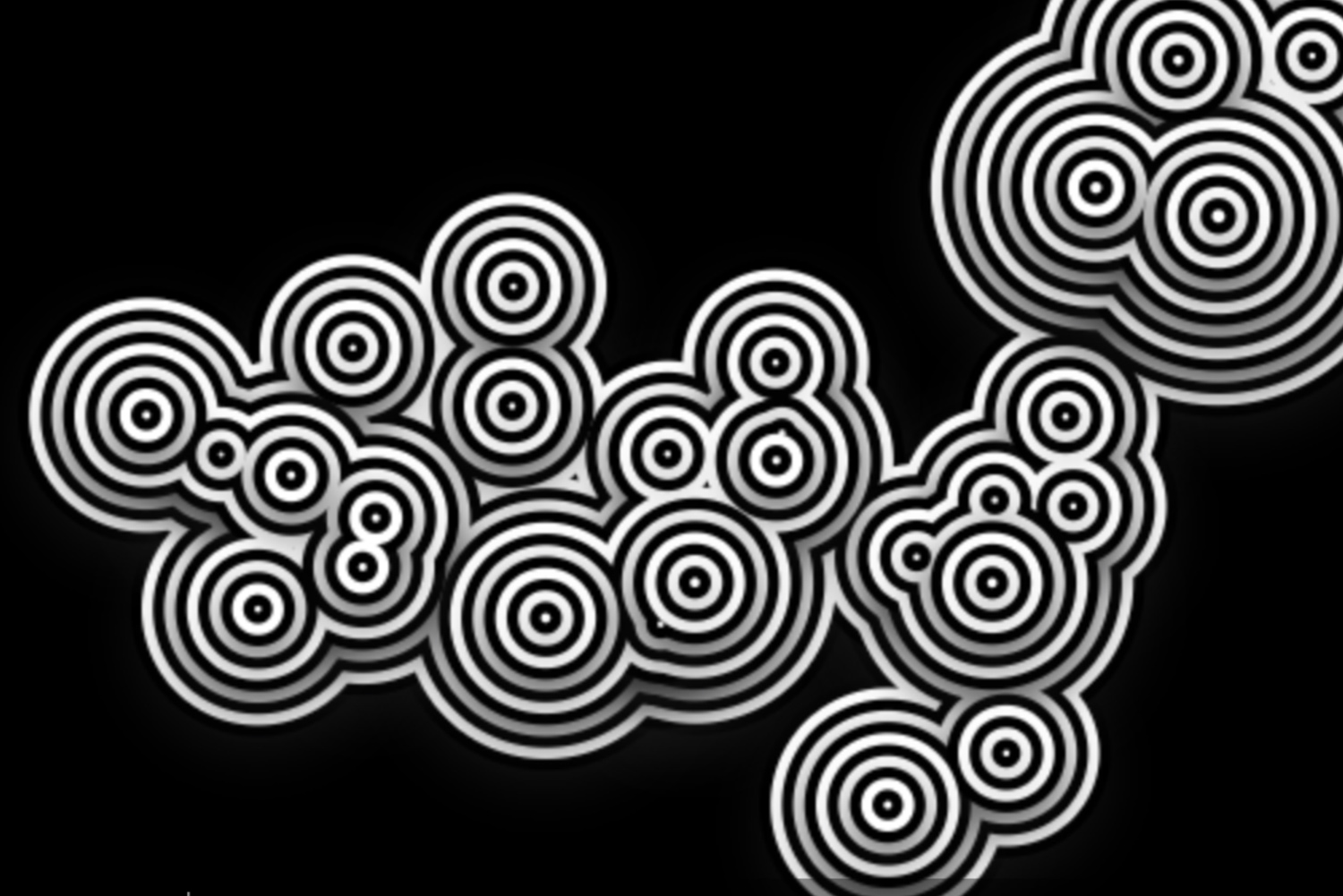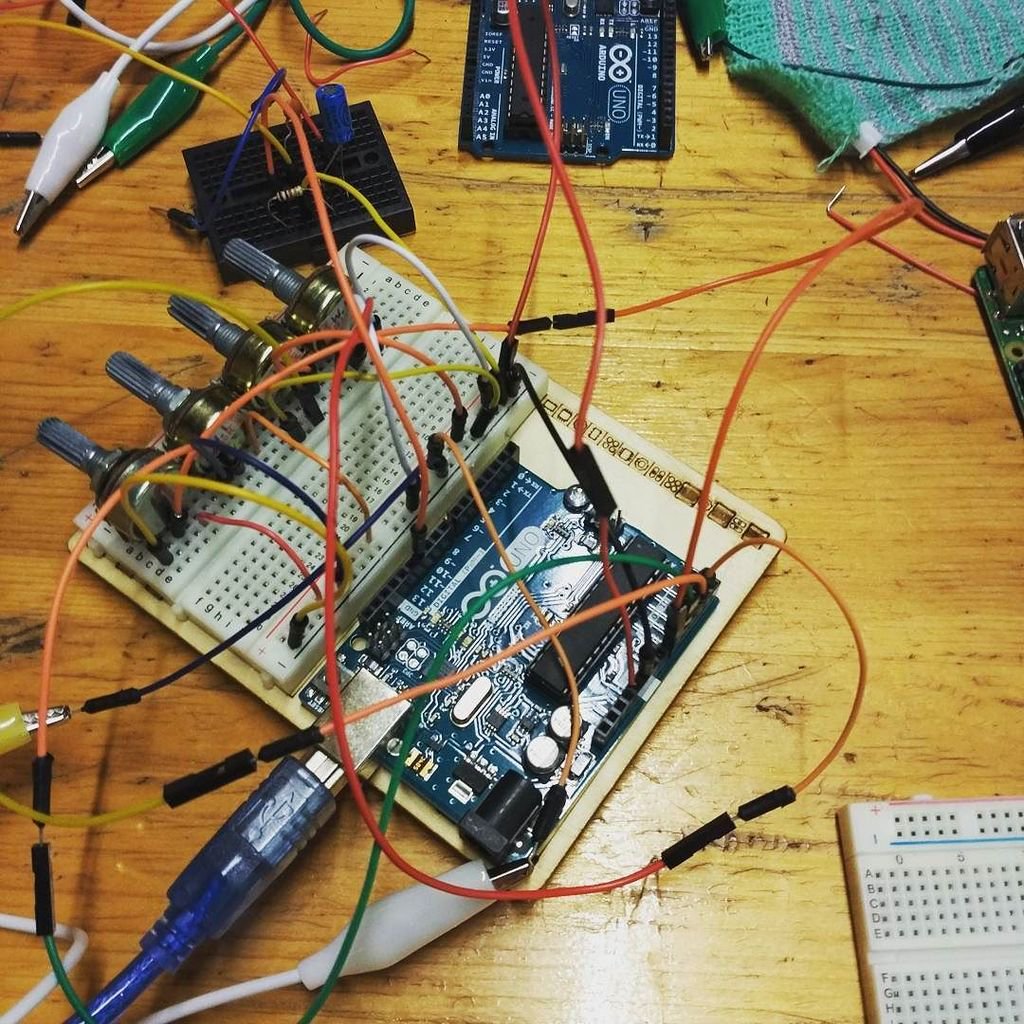
George Gally - some stuff about me
Over 15 years global experience in advertising, innovation, social, data, art tech and experiential design. Unusual hybrid of creative, who’s at the intersection of art, code and innovation. Built an award winning career through technological innovation and disruption in above the line and digital agencies. As comfortable leading teams, as being in the trenches, crafting experiences, building brands and winning pitches on accounts such as Disney, NBA, Toyota. Experienced designer, storyteller, creative director and innovation leader, with deep insight into creative use of emerging technologies, experience design and what’s happening in the art tech and experience space.
I am currently still one of the most awarded digital creative in South Africa,
and one of only two people to win a Loerie Grand Prix for digital (The Loeries are South Africa's biggest and most important advertising awards).
I have also worked as a features journalist in radio, magazines and newspaper, and I still love stories, ephemera and the unusual - evident in a lot of my work.
I am well-read in all things technology, design and data. I enjoy experimenting with reactive video and light systems and am also interested in interface design, visualisation, statistics, music and generative systems, physical computing and installation art. When not working, you'll find me making music, DJing, or dreaming up projects that try to connect the virtual, online world with the physical, real world or fiddling and investigating emerging or dying technologies and finding ways to re-appropriate them. I like a good cup of coffee and a bit of cheese cake.
Here's the long version about me:
I have been dabbling in art and computers since early childhood. With my mother an art teacher, and my farther a musician, who was an early adopter of digital music production, a career at the intersection of technology and design was a natural progression,
and a given.
I was born and raised in South Africa. For as long as I could remember I was bouncing between dabbling in my mom's art studio, fiddling with my dad's synthesisers or taking apart everything devices to see how they worked and
attempting to mod them. I dreamt of being an inventor.
Growing up around computers and technology, I am comfortable with pretty much any technological learning curve and can use pretty any application - or rapidly adapt my knowledge to those I don't already know.
However, the technology is a merely paint-brush, and ideas and what you do with it is where my skillset lies.

This is how I spent my youth
From an early age I began to programme games on the Commodore 64. I was fascinated about being able to create something from nothing. And even more fascinated about being able to "make television" - being able to move things across the screen. Besides the usual teen game programming, I wrote a number of hardcore programs in my early forays into computing, including a barcoding system for my parents packaging business, a library tracking system and a timetable scheduling system. Before the internet age struck, I already had a modem and was connecting to various BBS systems.When it came to university, Computer Sciences seemed all serious, boring and business-like to me and having very little to do with art. So I studied social science and politics at the University of Cape Town, something that was extremely interesting to me in a country going through intense political change. I have always been interested in stories, and cultural remixes and hacks and this is evident in much of my work. After completing my studies, graduating cum laude, in protest of the government's apartheid policies I refused to serve my military conscription and was forced into exile. This was actually a blessing, and allowed me to travel extensively, working and living in Germany and the UK, and visiting numerous counties in Europe and Africa. My travels not only broadened my world-view, but exposed my to different design cultures and communities and ways of thinking. I visited all the major museums and art galleries and soon found out, while I could appreciate the classic artworks, these were not what excited me. Discovering the almost anarchistic playfulness of tech artists in London and Berlin, though, struck a major chord with me.
I returned to South Africa during the peace talks and negotiated settlement and started working in journalism, eventually taking a job at the famous Daily Dispatch, soon moving up to becoming the youngest bureau chief in the country. Later I became Cape Town correspondent for Capital Radio and freelanced for a number of prestigious publications including Reuters, the Mail and Guardian, AFP and the Sunday Times and worked as a researcher at the media department of the University of Cape Town.
It was around this time at the university, that I discovered the internet and graphic design. I enrolled into a Diploma Course at Concept College in Cape Town in graphic design and took a part time job at South Africa's first internet service provider, Internet Africa. A time when Mozaic was the rage and animated gifs were at the cutting edge. The web was the wild west and I desperately wanted to be part of it. Internet Africa offered plenty of in-house training and courses in all fields of the web - from technical Unix stuff to Html and web design. I took them all, while working nights as tech support. This was also I discovered Macromedia Director. And a very big light went on. I was able to move things across the screen! I could make TV!
I bought my first Macintosh, a state-of-ther-art 7600 (with a whopping 130mb of hard disk space), officially signalling the beginning on my career in digital art. I spent pretty much all of my time making experimental artworks. I soon joined Tinderbox Interactive, then South Africa's hottest New Media shop, not having any experience, but on the basis of the experimental director and freelance graphic design jobs I was then doing. It was exciting times, and inspirational to be around such a crazy team of people who all thought the same way I did as the web was exploding. We were producing world class work and having the time of our lives. Tinderbox was also where I discovered Flash (Ver.2 had just come out), I knew that I had seen the future, and immersed myself into it.
Within a few months of having worked at Tinderbox I scooped up a number of awards including the coveted Loerie Grand Prix - until today one of only two digital Grand Prix ever awarded. The work was a CD Rom application called Thinking Multimedia, a quirky exploration of the state of multimedia, using mostly Flash for animation and Director for the programming bits.
However, the company was expanding fast - from a core group of 20, there were now over 120 staff members and still growing rapidly. We moved into plush new offices, the beer fridge was no more and when Tinderbox was sold to one of South Africa's biggest tech corporations, a year on and it was time for a change. A small group of us got investment and left to set up our own studio, with me serving as Creative Director. We called our studio radarboy media lab - after the name I had sometimes been DJing under - a name was inspired by my love for cultural remix. Radarboy - receiving all signals, re-appropriating them and then re-broadcasting.
We were most interested in playing and experimenting with this new media, expropriating it, attempting to use it in new ways. We waned to use the medium to create content. Before content was a thing.
One of the first pieces of work we did was an experimental free magazine called Capsule 01, distributed on a 1.44mb Stiffy Disk. We loved the idea of making a magazine on a media that was soon to be defunct and one that was not suited for magazines. And were keen to see how much we could stuff onto 600k or so (The flash player was around 800k, if I recall). It was an instant hit and won us two Gold Loeries and an Invision Award (then the "Oscars" of digital awards in San Francisco - other winners that year were the Real Player and Hillman Curtis) and a bunch of other awards.
Our site, radarboy.com, was also voted as one of the 10 best flash sites in the world.
We had quickly established ourselves as a major player in the South African and global scene, and grew a cult following for our quirky irreverent style. We attracted some major clients like Independent Newspapers - (South Africa's biggest newspaper, where we served on a team as digital consultants, helping the newspaper transition into the digital world), Lucky Strike (where we spent more than two years building various innovative media for them), Minolta, MWeb (South Africa's largest internet service provider), Thwarte, Rembrandt Group, Alexander Forbes, JWT, etc. In our second year we were recognised as one of the top 10 ad agencies in South Africa (and the only digital agency in the list).
It was an amazing, special time. We survived the dot com boom. But, in a way, the time experimentation was over. Things were getting serious. All the big players wanted these heavy corporate sites (or screensavers). Web design had turned into navigation bar design. Clients like Lucky Strike and IOL were few and far between. And were were becoming just another agency. We had also grown too quickly. And were getting offers to buy us out. I was burning out. Spending most of my day as an administrator, and then doing design by night.
I decided I needed a change. I needed to keep reaching for who I am. And luckily an opportunity presented itself just at that time. Some of my work on Lucky Strike was being used globally - and especially heavily in Japan - a place on top of my list to visit. And I had the opportunity to work with the team there. And with that I decided to move to Japan, where I stayed for five years.
I moved to Tokyo in 2003, working on contract with Bates Asia on Lucky Strike. Then with a small boutique agency - Hypu Japan, and as an Art Director at Brand Architecture before moving to Ogilvy Japan, serving as Associated Creative Director - and working on clients such as Sokenbicha (Coca Cola's biggest tea drink in Japan), Amex, Kool, Audi and Jetstar Airlines (where I served as creative director for the Australian low cost carrier and help burst them onto the Japanese market). But I got to say, working there was not as exciting as I hoped it would be. Great projects were few and far between, coming from being an almost digital rockstar to a city where I had to prove myself from scratch was difficult.
Working in a big agency on above the line advertising was an interesting experience, and living in Japan even more so. However, the position I was meant to fill at Ogilvy - helping the agency to becoming more 360 and bridging the digital divide, unfortunately, never materialised.
Working in a traditional agency was interesting learning experience. As was working in TV, something I had always wanted to learn to do (and I actually ended up directing a TV commercial). However more often than not it was a tedious, slow, and mostly uncreative process (at times taking more than 6 months to produce an ad). And I had the feeling this was not for me.
Most of my work centred around Sokenbicha (SKB), a sub-brand of Coca Cola and one of the biggest advertising accounts in Japan. And though Coke was an extremely difficult client to work with, all the work I was involved in with them scored the highest link test scores in the brands history. My most enjoyable client by far was JetStar, for which I headed up the team as Creative Director (and eventually directing one of their commercials). I developed a close working relationship with their marketing director, and though the brand was very "retail" it was fascinating to work in such an agile industry - being able to measure our results almost immediately. It was also a very successful collaboration - Jetstar grew it's business by 400% in Japan, and I was able to help them launch successfully into the Tokyo market. The Jetstar account was also awarded "Best 360 Brand" within the Ogilvy Asia Group.
While in Japan I had been working in my spare time on building motion reactive systems for installations, building on my award winning RBVJ system I had developed at radarboy. I was able to exhibit a number of times - including being invited to give a guest performance at the famous Apple Store in Ginza. I am also very interested in how culture has adapted to technology, something that has was amazing to see living in Japan.

In 2009 I decided to move to Berlin, another city I had always wanted to live in, and concentrate more on art. I held a number of exhibitions, including one at Salone Di Mobile, in Milan, helped start up creative events group, Mind The Box, served as a Creative Head for the Absolute Made project, and had a brief stint as a freelance creative director at Crumpler in Berlin.
I was also getting heavily involved in the startup scene. Attending meetups and conferences. And while on holiday in Cape Town, met an old friend and decided to start developing a music search engine called Walaa.
We developed a prototype, and a few months later I was again in Cape Town (I was still living in Berlin at the time), was introduced to some people from Google, and showed them one of the modules from Walaa, the events listing engine, and was invited to apply to Google's start up incubator, Umbono. From 400 plus applications we were funded on condition I moved back to Cape Town, and Gigham was born.
The secret sauce of Gigham was it's events aggregation and scraping, using a secret formula to cleanly match events to venues (at any point we'd have 50-100x more events than any competitor) and the recommendation engine - that took a combination of your interests, venues and events you and your friends had been to, to serve you up a weekly list of long tail happenings around you.
The Google programme was fantastic. Tonnes of very hard work, meeting, working with, and being mentored by some of the smartest people around. Gigham grew fast. We launched in Cape Town, then Johannesburg, Durban and Nairobi. And managed to secure a second round of funding from Umbono. We also were chosen as one of the best startups in Africa and invited to present at Demo Africa.
While the site was growing rapidly and our technology getting better and better, and us making a dentin the cities where we launched, especially in the :long tail" stuff, that no one else covered, and that usually has a strong dedicated following, we spend months trying to secure more investment as the coffers grew low. And with loads of almosts, like most startups, we eventually ran out of money, and had to make the hard decision to pull the plug.
So back to agency life I reluctantly went. A friend was working a Quirk, and asked me to fill in as a temp CD for a while. Turned ou Quirk was quite fun, with a brilliant and fun team, a brilliant MD, in Justin Spratt and a fantastic geniusECD in Fran Lukin. I eventually took a full-time role as Director of Innovation and sat as part of a "concept dream team". Two of my projects that came out of the innovation portfolio were DSTV's Oscar Trial, a second screen data experience of one of South Africa's biggest ever murder trials and Internetix, live tracking of conference delegates.
However, I had never intended to settle back in South Africa, and was once again feeling the pull. This time from China, as the hyper-evolution was happening, I felt it important to be there. Or more importantly, that I'd regret not being there, much as I still regret not being in San Francisco in the late 90s. However, being in a contry unable to speak the language or read anything, like it was in Japan, did not interest me so much. So I chose to move to Hong Kong. And took a role as Creative Director at TBWA.
Successes I had there included being instrumental in winning the NBA account, helping re-secure the Standard Chartered account, and creating RoboMaker, an automated robot builder for kids, for Standard Chartered Banks community outreach effort - Arts in the Park. RoboMaker was so successful that my team received a personal written thank you note from the bank's CEO, saying how much she loved the work.
Living in HK and being able to visit Shenzhen on a regular basis, and attend MakerFaires there, including the world's largest MaikerFaire ever, and be involved in the tech scene, especially Dim Sum Labs, where weekly, tech pioneers who were visiting Shenzhen, would pop in to give talks, was a fantastic learning experience.
However, I also soon realised that HK was no longer the hub and gateway to China it once was, and in such an economy clients and agencies were suffering and innovation was a hard sell.
So I moved to Singapore, which was looking more and more like the regional innovation hub, and took a job a Innovation Director at Dentsu, a role they created specifically for me. My remit was to drive innovation both within the organisation and in the work we did. I was instrumental in helping us win the Disney account, and helped launch a number of blockbuster movies in the region. I was also invited to join the GM global innovation stars - working on ideas to innovate the auto industry and culminating with a week-long workshop, partnering with the BBC, Facebook and Google. I also re-developed Dentsu's proprietary data survey system into a more usable and transparent system, enabling anyone to search, make connections and then output the data into presentation form, and developed the re-branding of Dentsu Mobius into DM2.
I was also heavily involved in the tech scene, attending weekly meetups and conferences (Singapore has loads of those) and co-organising the Singapore Creative Coding Meetup.
As the years had gone by I had slowly started to pivot from a pure designer, to a coder-designer, teaching myself coding during the radarboy days, developing my sound and motion reactive systems and doing installations in Flash during the radarboy days and then moving to Processing while I was in Japan and Germany for my art practice. During my days at Gigham, I got thrust into the deep end of MYSQL databases, and modern Javascript and HTML. But I was always frustrated by Processing’s lack of ability to get things easily on the web, and so when I went to HK I dropped all other tools and made a concerted effort to learn Javascript. In Singapore I set out to further my Javascript skills. Reading everything, attending every conference or talk that I could and eventually starting my #code365 coding a new piece of art every day - I'm currently in my third year. Phew! I also made a rule for myself not to repeat - so if I did something three times I needed to build a library or at least a function to automate the process - in so doing, building up a great toolset that enables me to get to where I want to go faster and easier, and concentrate more on design (something I was missing since the Flash days).
With the advent of Code365 I also started to feel a pivot in myself and my career. I also became more and more intrested in creative technology, and hardware hacking and developing more physical installations. I was getting more offers to talk and teach and work on creative tech projects. While Dentsu gave me the freedom to experiment with hardware, I was still starting to feel like I was missing out on something. Spending more time in meetings than making.

I took a year off. Travelled to Ars Electronica, attended the Schmiede residency in Austria and spent two months travelling China, with Nosebridge and Mitch Altman visiting factories, startups and makerspaces, playing with hardware and just being blown away by what was happening in the tech scene there. All the while keeping my #code365 project going, and winning the W3C Web ausio challenge. I also attended Refik Anandol's amazing and inspiring Architectural Intelligence Lab in Amsterdam, which cememnted my feeling that I was on the right path. It was at Refik's workshop that I aslo met Daan Krijnen, a fellow workshop attendee, that led me to my Amsterdam Data Project.


Continuing on my "Roll your own MFA" I attended the famous NYU ITPfor their Summer Camp, where I also helped facilitate the camp and was a guest lecturer where I gave three talks on creative coding, south generative visuals and on narrative in generative visuals. I also exhibited Monolyth at ITP. And spent the next few months exploring the NY scene, meeting my digital heros, attending talks, conferences, exhibitions and meetups. I also spent this time working on some of my artwork, most notable A month of New York Traffic Accidents and an exhibition for The Wrong Exhibition Sea Silo.
I travelled to Berlin for the Touch Designer Summit and CTM/Transmedliale and then to Barcelona for Hack the Light Up and Llum Festival. Enough living out of a suitcase, in April I'll be starting as Senior Creative Technologist at the Cartier Lab in New York.